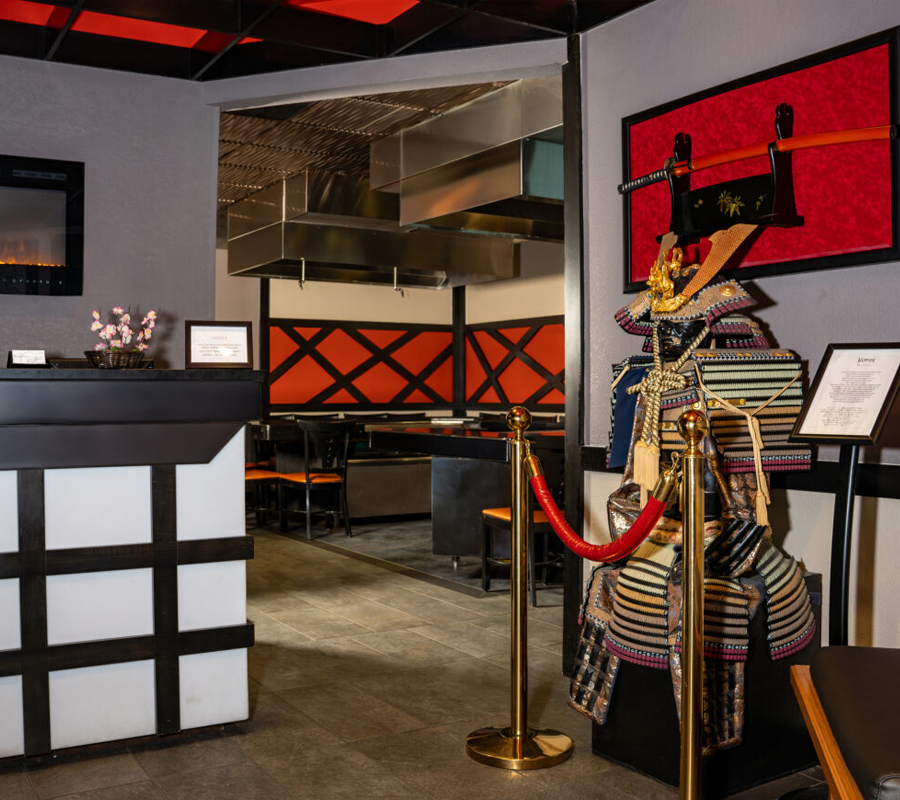3 Tips for Rolling the Perfect Sushi
You Can Roll Your Own Sushi You have your recipe, you’ve prepared all of your ingredients, and even bought sushi-grade fish! But when you start to roll, everything falls apart. Here are three tips to help you roll sushi like a master. Select the Right Tools Yes, you can use something like a tea towel, …



